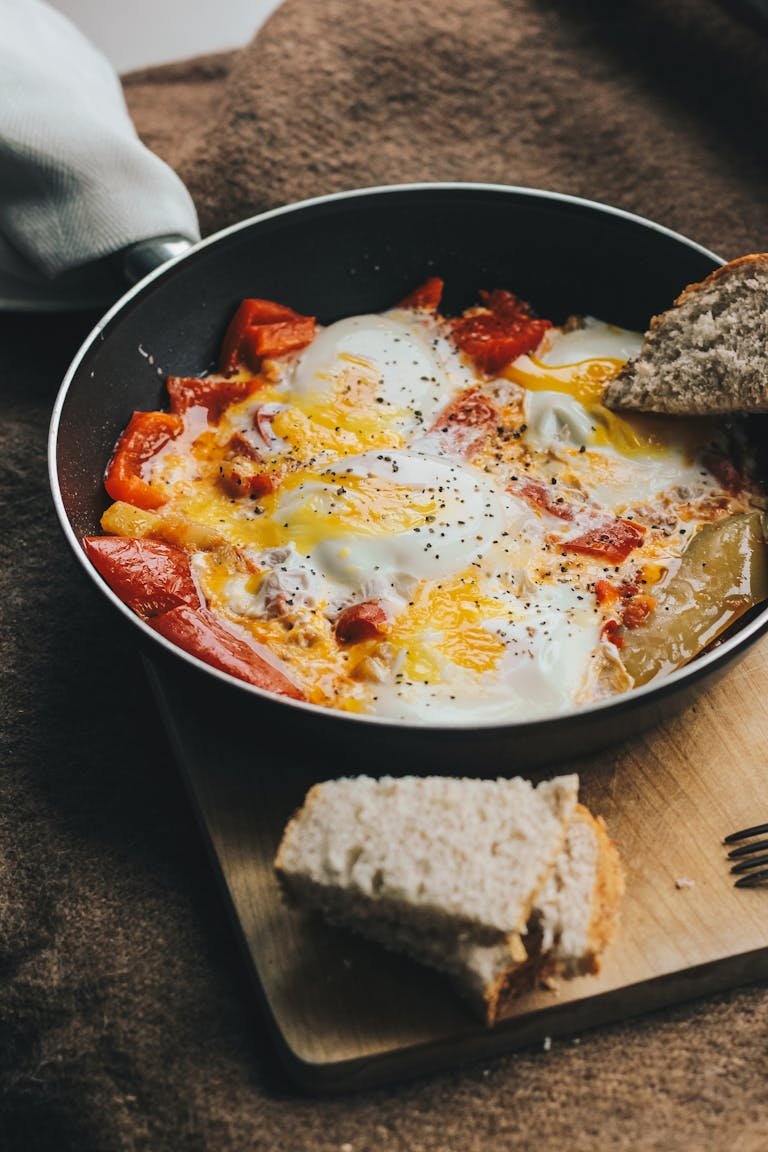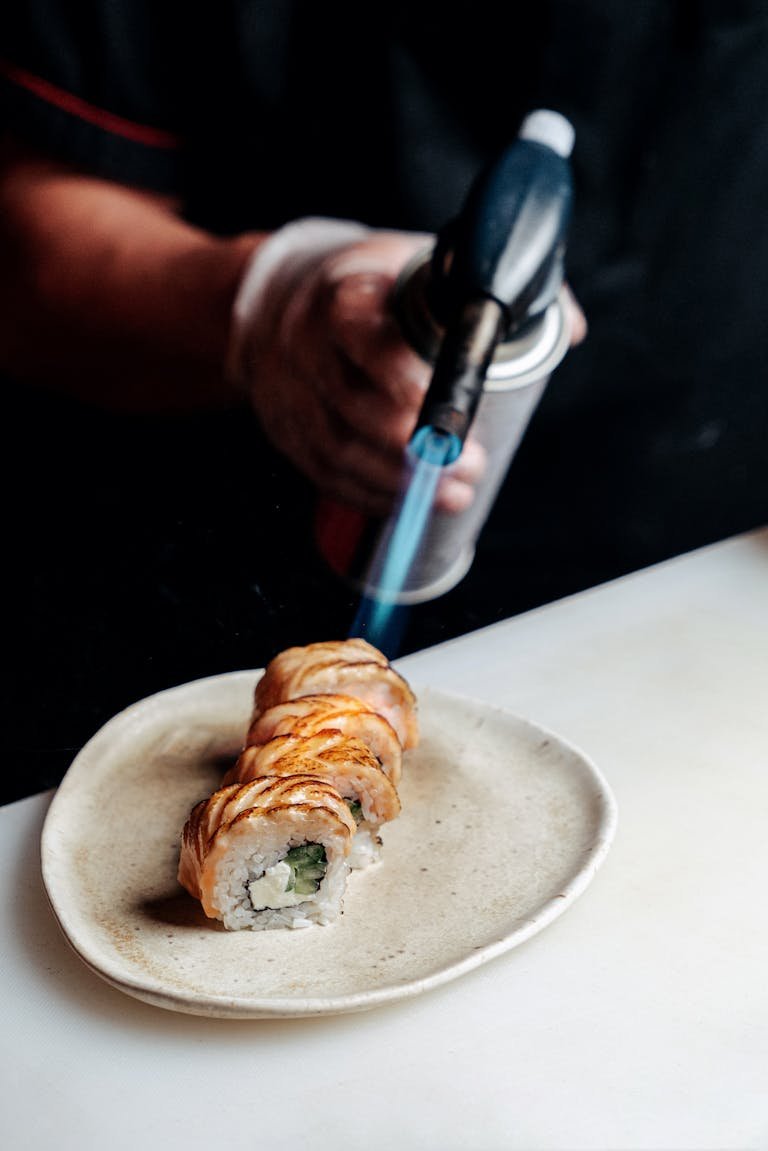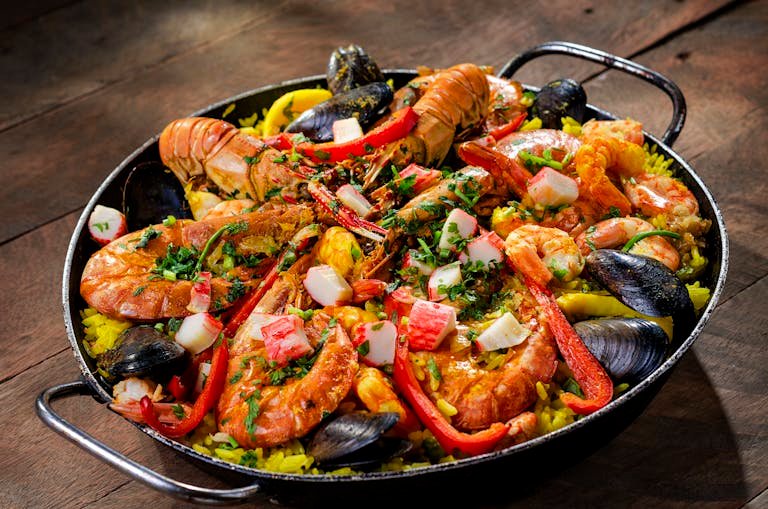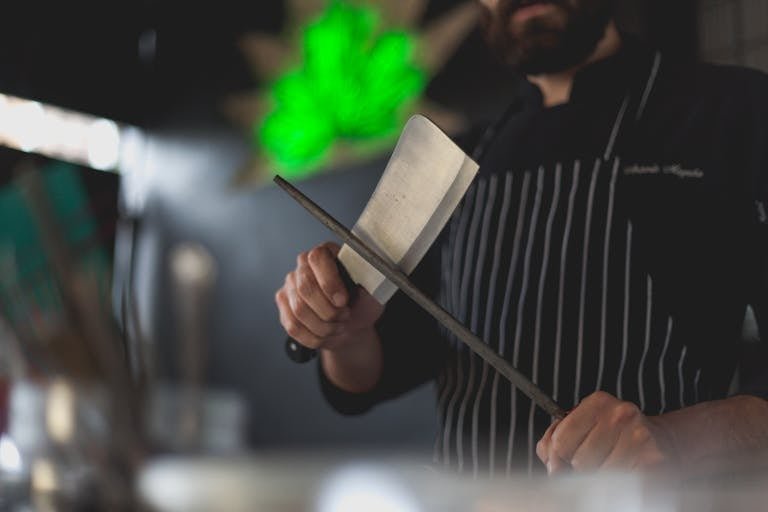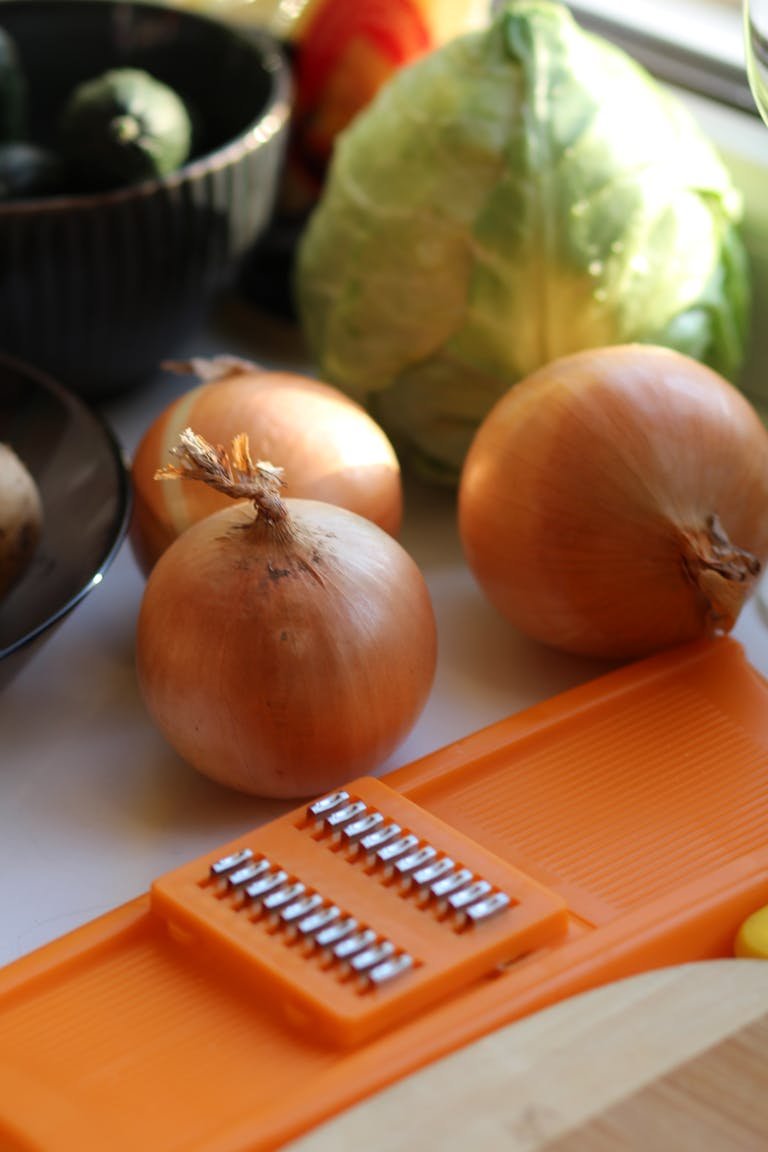5 Best Kitchen Knife Sets for Beginners
Our guide covers the 5 best kitchen knife sets for beginners. Covering the best budget options, and expert advice to help you choose the ideal starter set.

Investing in a quality starter set isn’t just about making cooking easier; it’s about safety too. Whether you’re setting up your first kitchen or looking to upgrade from those hand-me-down knives, I’m here to help you navigate the world of kitchen knife sets. And trust me, I’ve been there – staring at endless knife sets online, wondering which ones are actually worth it.
Understanding Kitchen Knife Basics
Let me share something funny – I used to think that having more knives meant better value. Boy, was I mistaken! I once owned a massive 25-piece set, and you know what? I only ever used three of them. The rest just sat there, collecting dust in that giant knife block, taking up precious counter space.
Here’s the real scoop on knife basics, learned through years of trial and error. The essential knives you actually need as a beginner are:
- An 8-inch chef’s knife (your everyday workhorse)
- A 3.5-inch paring knife (for detailed work)
- A serrated bread knife (you’ll use this more than you think!)
Now, let’s talk about materials in simple terms. You’ll see lots of fancy marketing about different steel types, but here’s what really matters:
High-carbon stainless steel is your best friend as a beginner. I use the Mercer Culinary Genesis 6-Piece Forged Set, and it’s like the Toyota Camry of knife sets – reliable, easy to maintain, and gets the job done without breaking the bank.
Quick tangent – you might come across some super cheap sets advertising “surgical stainless steel.” Don’t fall for it! I made that mistake with my second knife set, and let’s just say those knives couldn’t cut through warm butter after a month.
Now, about knife construction – you’ll hear people talk about “full tang” versus “partial tang.” Here’s the simple version: full tang.
Top 5 Beginner-Friendly Knife Sets Under $100
Let’s talk about some great budget-friendly options. After testing numerous sets under $100 during my cooking journey, here are the ones that have consistently impressed me:
1. Cuisinart C77SS-15PK 15-Piece Set
- Pros: Incredible value, includes kitchen shears
- Cons: Handles can feel a bit light
- Perfect for: Complete beginners on a budget
2. Amazon Basics Premium 9-Piece Set
- Pros: Surprisingly good quality, comfortable grip
- Cons: Block takes up counter space
- Best for: Anyone looking for a full knife set
3. McCook MC29 15-Piece Set
- Pros: Built-in sharpener, great balance
- Cons: Some pieces you may never use
- Ideal for: Beginners who want to expand their collection
Here’s a detailed comparison table of these budget-friendly sets:
| Set Name | Key Features | Best For |
|---|---|---|
| Cuisinart C77SS-15PK | High-carbon steel, ergonomic handles | Basic home cooking |
| Amazon Basics Premium | Full tang, weighted handles | Daily use |
| McCook MC29 | Built-in sharpener, modern block | Growing skills |
I actually began with the Cuisinart set, and while I’ve upgraded since then, it served me well for over two years.
Premium Starter Sets Worth the Investment
Sometimes, being frugal can end up costing you more. After going through three budget sets in just two years, I finally decided to invest in a quality mid-range set that has held up for 10 years and counting.
Here are my top picks for starter sets that are worth the investment:
1. Wüsthof Classic 7-piece Set
- Why it’s worth it: Exceptional German craftsmanship
- What you get: Perfect balance and outstanding edge retention
- Real talk: Yes, it comes with a high price tag, but it will last for decades.
2. Mercer Culinary Renaissance 6-Piece Set
- The ideal blend of quality and affordability
- NSF certified (the standard in professional kitchens)
- I’ve had mine for six years, and it’s still sharp!
3. Global 3-Piece Starter Set
- A fusion of Japanese precision and Western design
- Lightweight yet powerful
- This is my personal favorite.
How to Choose Your First Knife Set
I still cringe when I think about how I picked my first knife set—”Ooh, this one looks shiny and comes with a cool block!” Let me help you avoid my mistakes.
Here’s a practical checklist:
Weight and Balance:
- Hold the chef’s knife at the bolster (the thick part where the blade meets the handle)
- It should feel like a natural extension of your arm
- If your wrist tilts down, it’s too heavy
- If it feels too light, it’s probably not substantial enough
Handle Comfort:
The first time I used a knife with a poorly designed handle, I ended up with a blister that looked like I had been rowing across the Atlantic!
Here’s what to consider:
- Grip the handle in your cutting position
- Your knuckles should clear the cutting board
- Avoid handles that feel plastic-y (they can get slippery)
- Look for contoured grips
Red Flags to Watch For:
- My least favorite was the set that claimed “Never needs sharpening!” Spoiler alert: those knives struggled to cut through a ripe tomato after just two weeks.
Steer clear of these like you would bad sushi:
- Claims of “Never needs sharpening”
- Extremely lightweight knives
- Partial tang construction
- Sets loaded with extras you’ll never use.
Knife Care and Maintenance for Beginners
Here’s what I’ve learned about keeping your knives in great shape.
Essential Care Tips:
- Always hand wash (ignore what the package says!)
- Dry them right after washing
- Store them in a block or on a magnetic strip
- Sharpen them every 3-4 months
I recommend the Sharp Pebble Premium Whetstone for sharpening. There’s definitely a learning curve, but once you get the hang of it, it’s like riding a bike—you’ll have it for life.
Common Beginner Mistakes:
- Using glass cutting boards (RIP to my first chef’s knife)
- Storing knives loose in drawers
- Cutting on marble countertops
- Using knife block slots for random utensils (guilty as charged!)
Be on Point!
Wow! We’ve covered a lot here, friends! From my early days of bandaged fingers to now helping others choose and use their knives correctly, I’ve realized that starting with the right knife set can really enhance your cooking experience.
Remember:
- Quality over quantity every time
- Invest in what you can afford, but don’t go too cheap
- Take care of your knives, and they’ll take care of you
- When in doubt, start with fewer, better knives
I’d love to hear about your experiences with kitchen knives! Feel free to drop a comment below sharing your favorite knife set or any questions you might have. And hey, if you’re still using that $20 discount store set, no worries—we all start somewhere! Just maybe keep some extra Band-Aids handy. 😉
Stay sharp, friends!

